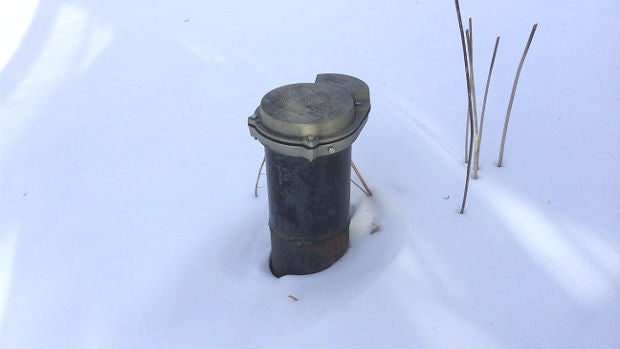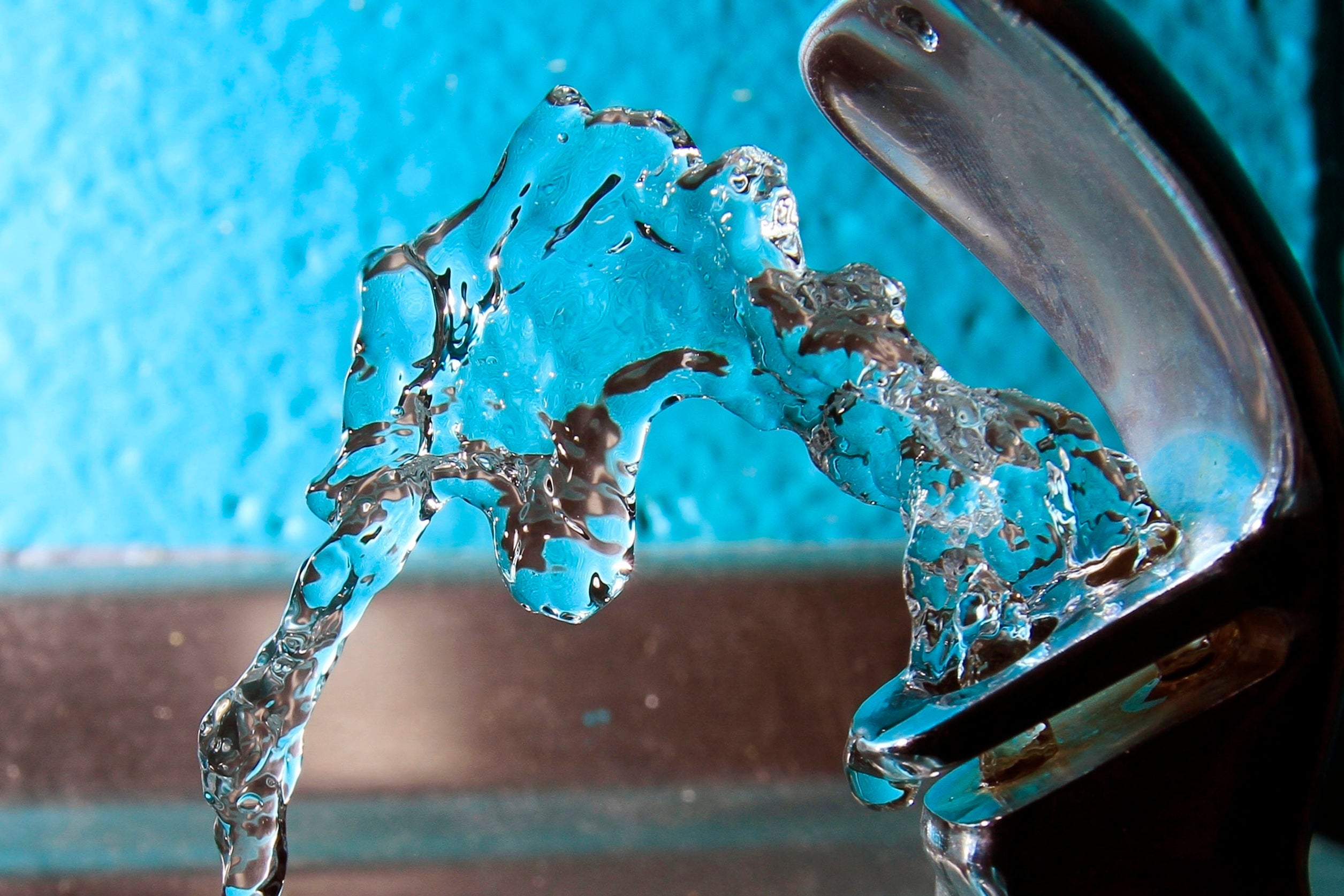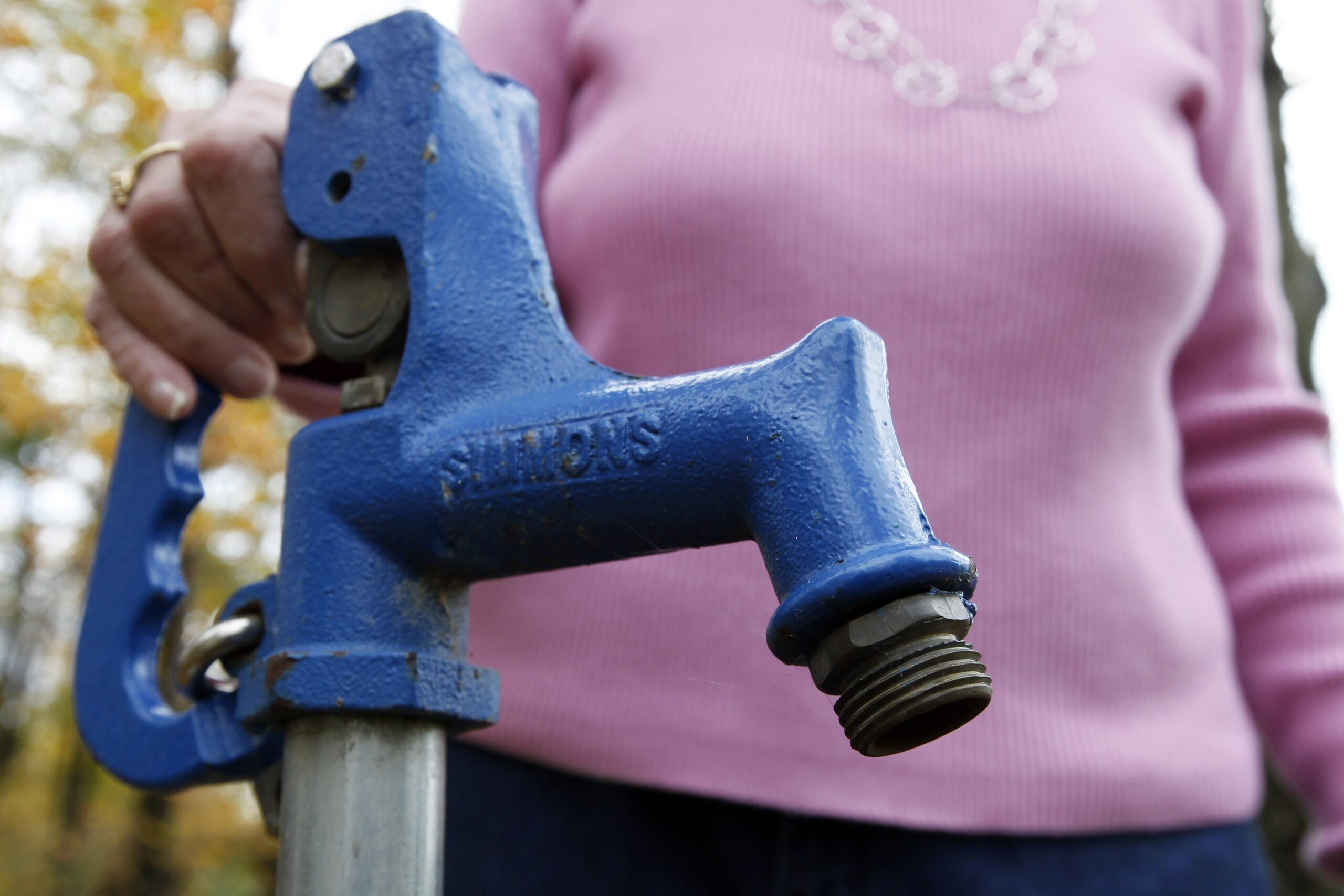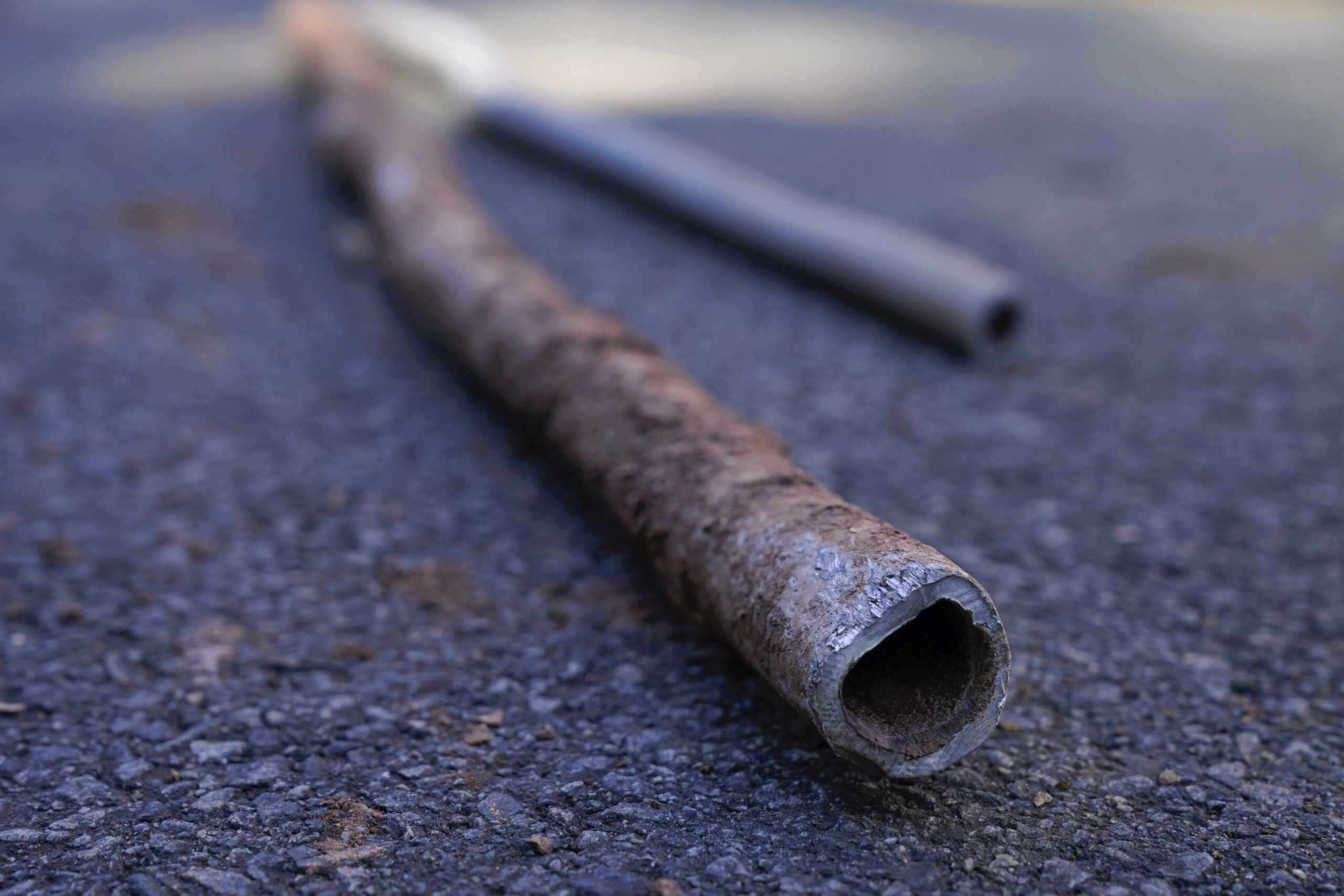Recent news about water quality in Wisconsin and elsewhere naturally may have people wondering about the quality of what’s coming out of their faucets at home.
While reporting often focuses on problems, the good news is that the vast majority of people in Wisconsin do have access to high quality water. However, individuals need to know where to go for information about their drinking water and how clean it is.
People living in cities or other communities served by water utilities can turn to those utilities with questions. These consumers benefit most from state and federal drinking water regulations. Municipal systems are required to regularly test their water and have an obligation to ensure it meets government standards. A utility may mail out water quality test results as part of an annual consumer confidence report the federal government requires; if not mailed directly to consumers, utilities certainly should provide this information to members of the public upon request.
Stay informed on the latest news
Sign up for WPR’s email newsletter.
Most municipal water systems in Wisconsin disinfect water as an added precaution against bacteria and other disease-causing organisms. Improvements to sanitation and water disinfection are among history’s greatest public health achievements, and remain essential practices today.
Lead contamination is on peoples’ minds because of the information coming out of Flint, Michigan. That situation is a tragic exception: The vast majority of municipal water utilities take tremendous care to ensure water quality, and to keep their customers safe and healthy. Recent events shouldn’t cause undue stress for Wisconsinites who rely on municipal water. However, testing by a lab certified to test for lead is always available — and it is good practice for anyone living in an older home or area with older service lines, especially if the household has young children or will be starting a family. Another good habit for these households is to run the water in the morning for two or three minutes, or until it gets as cold as possible, before drinking or cooking with it.
In rural areas, meanwhile, residents are largely on their own because they rely on private wells for their daily water needs. Private well owners benefit from well construction regulations, but they do not benefit from the day-to-day oversight of municipal water systems.
The state’s well code, administered by the Wisconsin Department of Natural Resources, is based on the premise that a properly constructed well should be able to provide water free of bacteria without treatment. A mandated bacteria test performed after a well is first drilled is meant to verify if it is providing sanitary water at the time of construction. (Additionally, updates to the state well code now require new wells to be tested for nitrate.) Once a well is found to be bacteria free, the owner (in a sense) becomes their own water utility manager. Each owner must decide whether — and how — to verify their well continues to produce quality water.
As much as we all want pure water, we should remember we never find it in the environment. All water has impurities imparted by the types of soils and rock that water passes through on its journey to a well, as well as by land-use activities. Even the type of plumbing through which water is transported can affect its quality.
Some impurities may be beneficial minerals like calcium and magnesium. When impurities become a problem for health or cause taste, color or odor issues, we consider them contaminants. Primary contaminants are tasteless and colorless impurities that may cause illness, including nitrate and pathogens. Secondary contaminants aren’t generally a concern for health, but they cause aesthetic problems — for example, iron can stain and impart a certain taste to the water.
Deciding what to test for, how often to test and what to do if a problem is detected are the types of routine management decisions that well owners are responsible for making. But uncertainty about quality shouldn’t be a reason to avoid using well water for drinking needs.
Testing is the best way to understand the types and amounts of impurities in well water. The most important tests to perform routinely on a private well are for bacteria and nitrate. Sample bottles and instructions for testing can be obtained by calling a nearby certified lab. Local health departments or UW-Extension offices may also have kits available for residents to pick up.
The types of land-use activities and characteristics of the well help to determine which additional tests should be considered and at what frequency wells should be checked.
Most people feel confident collecting and submitting their own samples. However, some people may feel more comfortable having someone else sample their well — licensed drillers, pump installers or well inspectors will often perform this service for a fee.
When problems are detected, solutions vary depending on the contaminant. For coliform bacteria, the source of the problem may be related to something very simple like a cracked or loose-fitting well cap, in which case, replacing the cap and disinfecting the well may take care of the problem.
Depending on the contaminant, more than one solution may exist. In these situations, it may help well owners to understand which options are available and then compare their costs and effectiveness before deciding how to solve the problem. Many tools and professionals are available to help well owners manage their household water supplies.
Testing an individual well is important; but it’s also important to understand what we can learn about overall water quality in a community. Through the Center for Watershed Science and Education, I collaborate with local Extension educators to offer community-based well water testing programs. This work and testing performed by other partners have contributed greatly to our knowledge of groundwater quality throughout Wisconsin, helping professionals better serve well owners.
Discussing water quality and how to identify problems isn’t meant to give people the impression that all well water is bad. One benefit of testing is it often helps well owners by removing any uncertainty they have about their water quality — and ultimately testing helps many people to feel better about using their water.
Editor’s Note: Kevin Masarik is groundwater education specialist for the Center for Watershed Science and Education, a partnership of the University of Wisconsin-Stevens Point College of Natural Resources and UW-Extension.
This report was produced in a partnership between Wisconsin Public Radio, PBS Wisconsin and the University of Wisconsin Cooperative Extension. @ Copyright 2025, Board of Regents of the University of Wisconsin System and Wisconsin Educational Communications Board.




